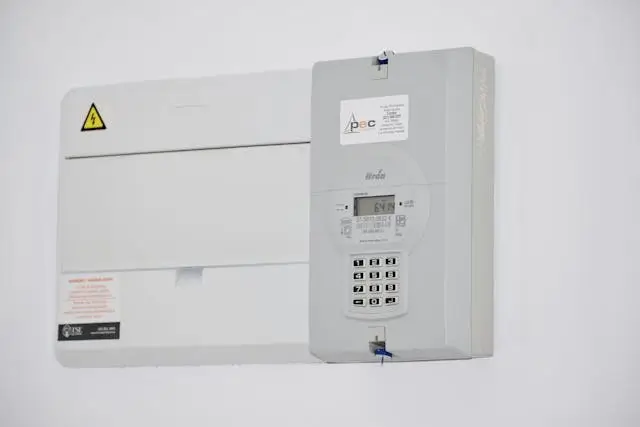Electricity is important but also dangerous. The risks come from electrical shocks or arch flashes. Electronic measuring instruments are designed to mitigate these risks by providing accurate and safe measurements in various electrical environments. The tools protect operators by detecting electrical hazards and providing measurements.
However, efficiency comes when you use the most suitable one. You can get such an electronic measuring instrument by checking the following features:
Measurement Range
Start by checking the measurement range, which is the specific limits within which the instrument can accurately measure a particular electrical parameter. The most common parameters being voltage, current, or resistance. The measurement range will determine the suitability of an electronic measuring instrument for your specific task. For instance, the best multimeter, the aforementioned parameter as follows:
- Voltage: millivolts (mV) up to 1000 volts (V)
- Current: microamperes (µA) to several amperes (A)
- Resistance: ohms (Ω) to megaohms (MΩ)
It’s best to check this feature and choose the one that handles the highest expected values safely. This will ensure efficiency and protect the device when in use. You can determine the range from the device’s description.
Accuracy and Resolution
How close the measured value is to the actual one is also important. This is because it will determine the reliability of the reading you will get from the device. Additionally, it enhances safety when you are using the tool. The same goes for the smallest change in the measured value that the toll can detect.
In your selection, ensure that you choose the most accurate electronic measuring instrument. It’d be best to have a high resolution to help you detect the smallest changes. You can determine these aspects from the calibration certificate, which tools from established brands come with.
Display Type and Quality
The display type and quality are also important since they directly affect the ease of reading and interpreting the measurements. Ensure you choose a measurement tool with a clear display that is easy to read.
It’d be better if the electronic measuring instrument displays high contrast and in large digits. This will reduce eye strain and errors that come with misreading the displayed values. Depending on the type of tool you need, consider multiple displays.
Functionality
The tool should be functional to meet your specific measurement needs and applications. Functional tools have different measuring capabilities and safety features like CAT ratings or overvoltage protection. They are also easy to use thanks to intuitive operations enabled by straightforward controls.
In your selection, read the reviews of different ones to get the best multimeter. Such publications will ease your choice because you will get valuable information about the instrument you want.
Durability and Build Quality
Lastly, you should check the durability and build quality, especially if you will be using the instrument in harsh environments. Look for robust construction, which ensures longevity.
It’d be best if it comes with shock resistance and a rubberized casing. Such a well-built instrument can withstand drops or rough handling. To determine these aspects, you should read professional evaluations and check reviews from various relevant sources.
It is very important to have a reliable tool when measuring electricity parameters. However, with the flooded markets, getting such a tool can be hectic. That’s why you should check the features you have read here during your selection.
